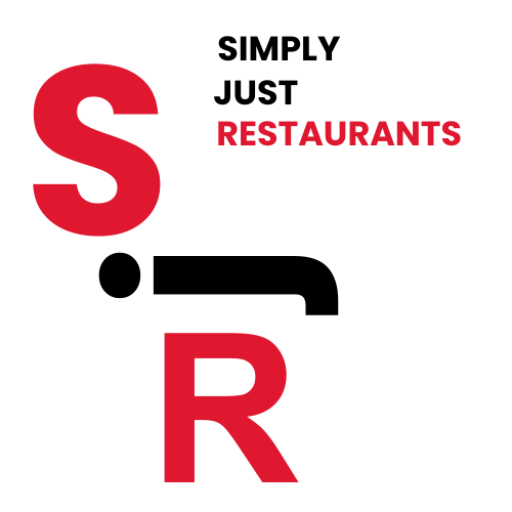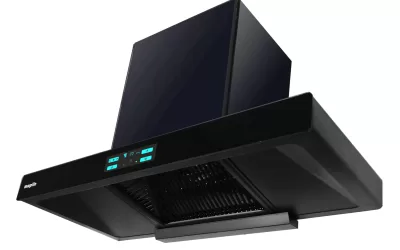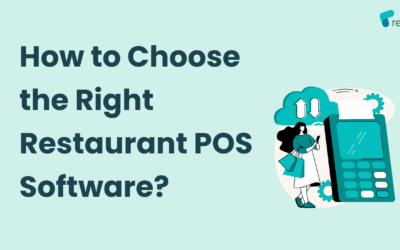A commercial pizza oven is a crucial investment for any pizzeria, restaurant, or food service business that aims to deliver high-quality pizzas consistently.
This comprehensive guide will walk you through everything you need to know about commercial pizza ovens, from selecting the right type to maintaining optimal performance.
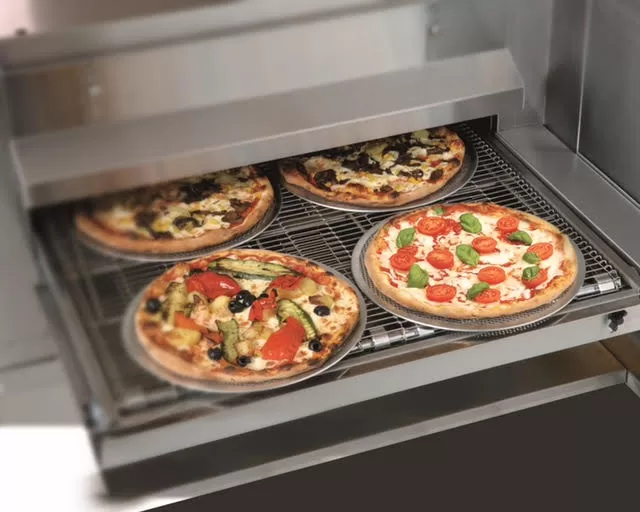
Types of Commercial Pizza Ovens
Deck Ovens
- Overview: Feature stone or metal decks where pizzas are placed directly.
- Pros: Even heat distribution, good for traditional pizzas.
- Cons: Longer cooking times, requires more skill.
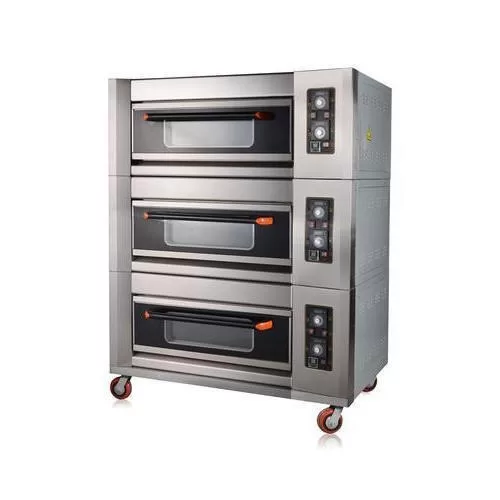
Conveyor Ovens
- Overview: Pizzas are placed on a conveyor belt that moves through the oven.
- Pros: Consistent results, high output, easy to use.
- Cons: Higher energy consumption, takes up more space.
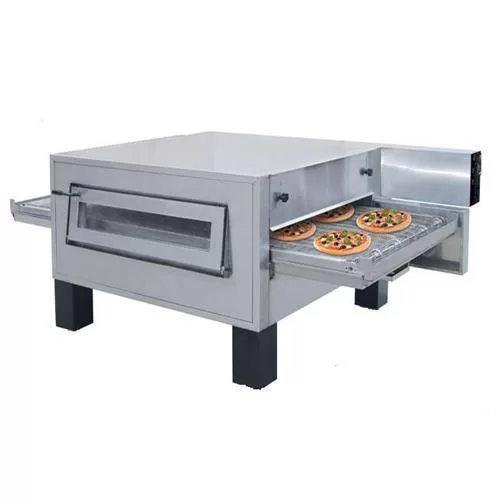
Wood-Fired Ovens
- Overview: Use wood as a heat source, providing a unique flavor.
- Pros: Authentic taste, high cooking temperatures.
- Cons: Requires more maintenance, skill needed to manage fire.
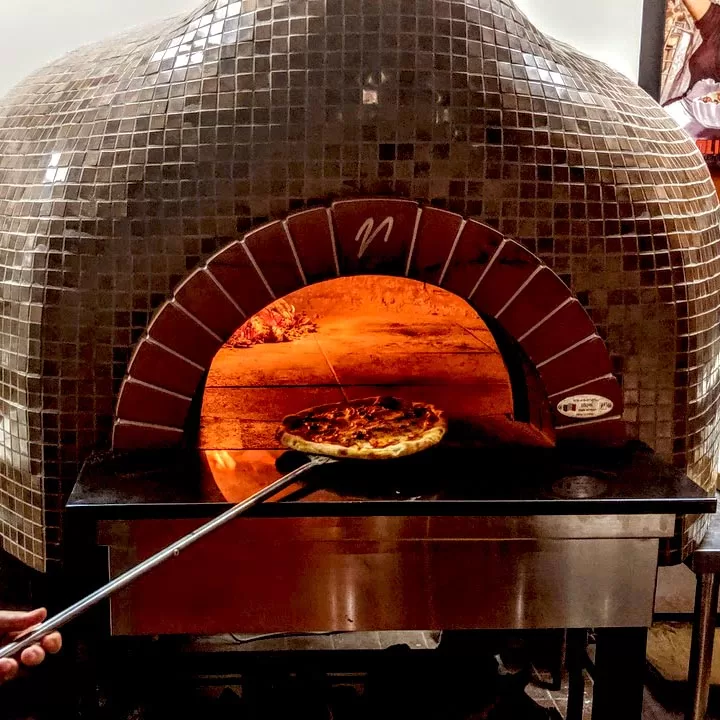
Brick Ovens
- Overview: Constructed from bricks, often wood-fired or gas-powered.
- Pros: Excellent heat retention, traditional cooking method.
- Cons: Expensive, large footprint, longer preheat times.
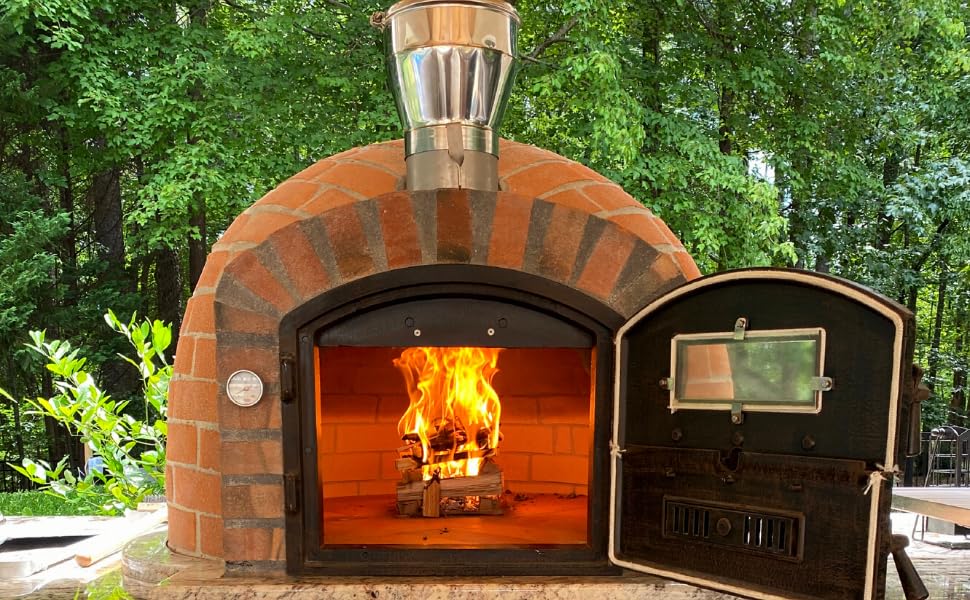
Convection Ovens
- Overview: Use fans to circulate hot air for even cooking.
- Pros: Versatile, faster cooking times, energy-efficient.
- Cons: Not ideal for traditional-style pizzas.
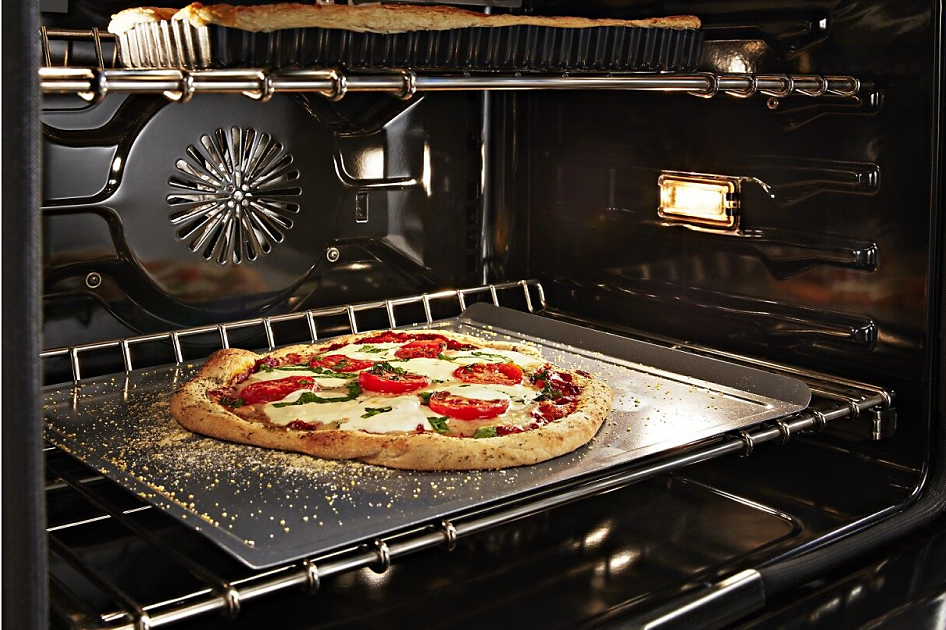
Key Features to Consider
Temperature Range and Control
- Importance: Determines how quickly and evenly pizzas cook.
- Options: Look for ovens with a wide temperature range and precise controls.
Size and Capacity
- Importance: Should match your production volume and kitchen space.
- Options: Single or double decks, varying belt widths for conveyor ovens.
Build Quality and Materials
- Importance: Affects durability and heat retention.
- Options: Stainless steel, stone decks, high-quality insulation.
Energy Efficiency
- Importance: Impacts operating costs.
- Options: Look for energy-efficient models, insulated designs, and ENERGY STAR ratings.
Ease of Use and Maintenance
- Importance: Reduces labor and downtime.
- Options: Removable parts, self-cleaning features, clear controls.
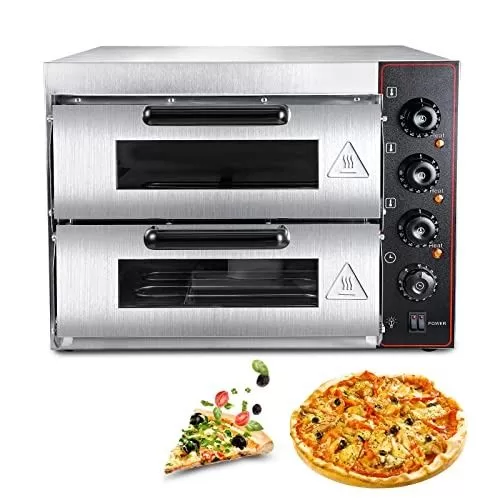
Step-by-Step Guide to Choosing a Commercial Pizza Oven
Assessing Your Needs
- Menu Requirements: Consider the types of pizzas and other items you plan to cook.
- Volume: Estimate the number of pizzas you need to produce per hour.
- Space: Measure your kitchen area to ensure the oven fits comfortably.
Researching Options
- Brands and Models: Identify reputable brands and compare different models.
- Technologies: Understand the advantages and disadvantages of each oven type.
Comparing Features
- Temperature Control: Look for precise temperature settings.
- Capacity: Ensure the oven can handle your peak production times.
- Durability: Check the materials and construction quality.
Evaluating Costs
- Initial Investment: Compare prices of different models.
- Operating Costs: Consider energy consumption and maintenance expenses.
- Return on Investment: Calculate how quickly the oven will pay for itself through increased production and quality.
Checking Reviews and References
-
- Customer Reviews: Read reviews from other businesses to gauge reliability and performance.
- Professional References: Consult with industry experts or other restaurant owners.
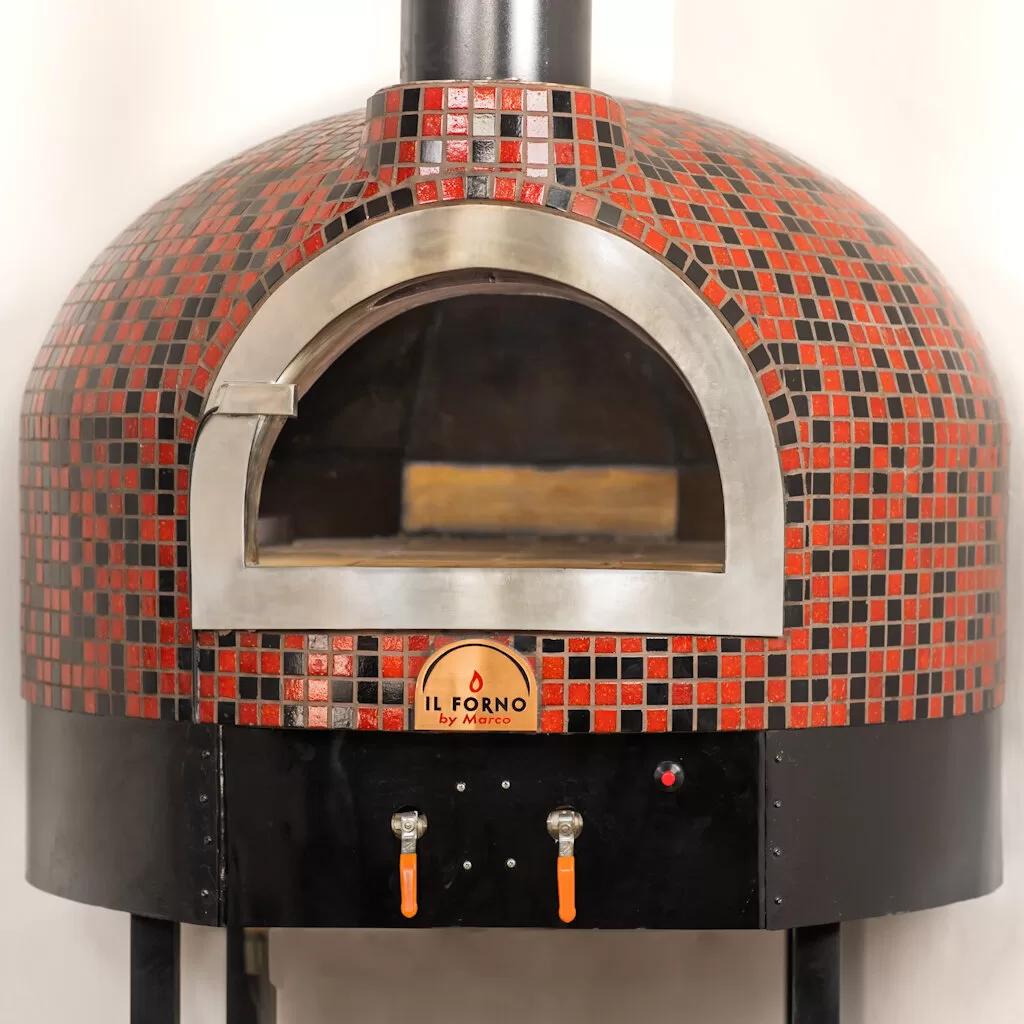
Installation and Setup
Site Preparation
- Location: Choose a location that allows for proper ventilation and accessibility.
- Flooring: Ensure the floor can support the weight of the oven.
Utility Requirements
- Electrical: Verify that your electrical system can handle the oven’s power needs.
- Gas: If using a gas oven, ensure proper gas line installation.
- Ventilation: Install appropriate ventilation to manage heat and exhaust.
Assembling and Positioning the Oven
- Assembly: Follow the manufacturer’s instructions for assembling the oven.
- Positioning: Place the oven in its designated spot, ensuring it is level and secure.
Initial Testing and Calibration
-
- Test Run: Conduct an initial test run to ensure everything is functioning properly.
- Calibration: Adjust temperature settings and controls as needed.
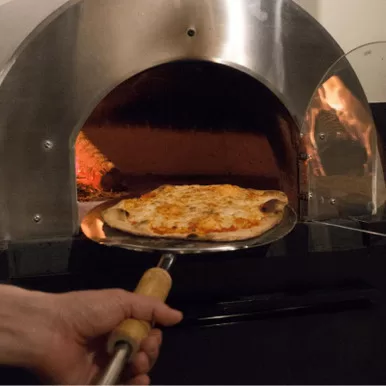
Operating a Commercial Pizza Oven
Preheating
- Timing: Preheat the oven to the desired temperature before use.
- Temperature Checks: Use an oven thermometer to ensure accurate temperatures.
Loading and Unloading Pizzas
- Technique: Use a pizza peel to load and unload pizzas without disrupting the heat.
- Timing: Monitor cooking times to avoid over or undercooking.
Temperature Management
- Monitoring: Regularly check and adjust temperatures during operation.
- Consistency: Maintain consistent temperatures for even cooking.
Cooking Techniques
- Positioning: Place pizzas in optimal positions for even baking.
- Rotation: Rotate pizzas as needed to ensure uniform cooking.
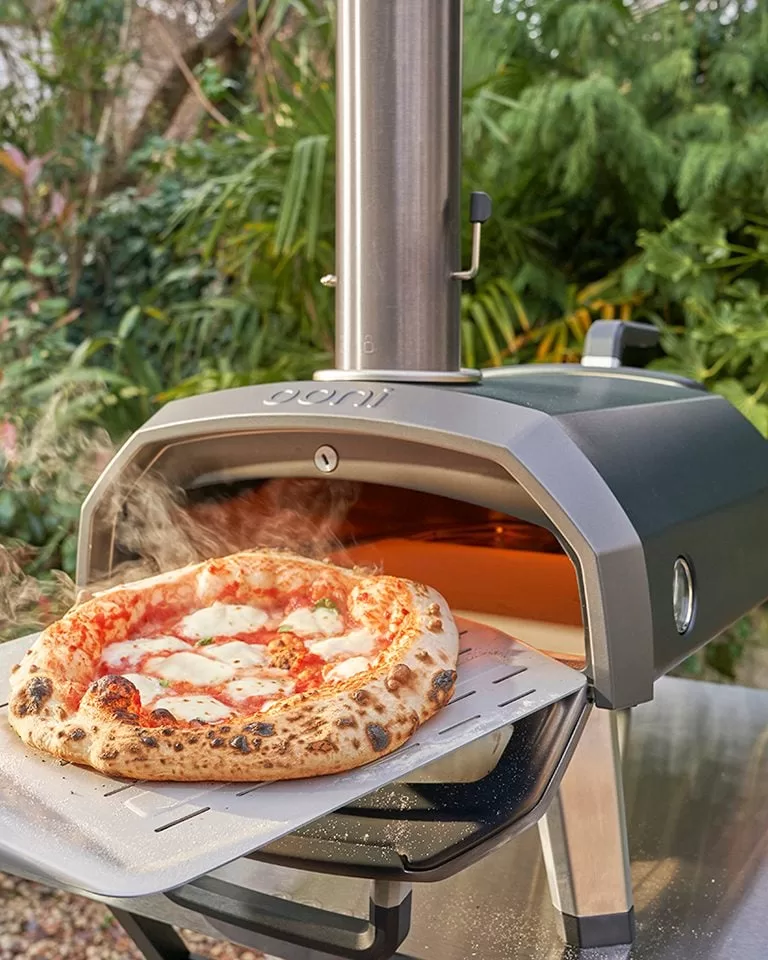
Cleaning and Maintenance
Daily Cleaning Routine
- Surface Cleaning: Wipe down surfaces after each use to remove food debris.
- Tool Cleaning: Clean pizza peels, screens, and other tools daily.
Deep Cleaning Procedures
- Scheduled Cleanings: Perform deep cleanings on a regular basis.
- Cleaning Agents: Use manufacturer-recommended cleaning agents to avoid damage.
Regular Maintenance Checks
- Inspection: Regularly inspect components for wear and tear.
- Repairs: Address minor issues promptly to prevent major problems.
Troubleshooting Common Issues
-
- Temperature Fluctuations: Check thermostat and heating elements.
- Uneven Cooking: Adjust oven calibration and check for obstructions.
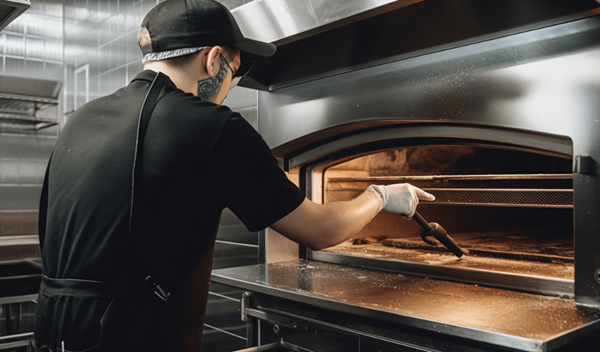
Tips for Optimal Performance
Using the Right Tools
- Pizza Peel: Use a high-quality peel for easy loading and unloading.
- Thermometers: Use reliable thermometers for accurate temperature readings.
Managing Heat Distribution
- Stone Placement: Position baking stones for optimal heat distribution.
- Ventilation: Ensure proper airflow to maintain even heat.
Enhancing Pizza Quality
-
- Dough Preparation: Use well-prepared dough for better results.
- Toppings: Distribute toppings evenly to prevent uneven cooking.

Conclusion
Investing in a commercial pizza oven is a significant decision that can greatly impact the success of your business. By understanding the different types of ovens, key features to consider, and proper operation and maintenance practices, you can ensure that you choose the right oven for your needs and maximize its performance.
Whether you’re running a small pizzeria or a large restaurant, following this comprehensive guide will help you create delicious, high-quality pizzas that keep your customers coming back for more.
About Author nikita kapali
You May Also Like…
2024 Buyer’s Guide: How to Choose the Best Auto Clean Chimney for Your Kitchen
IntroductionA chimney is essential for a clean and safe kitchen. Kitchen chimneys are essential for aesthetics and...
How to Choose the Right POS Software for Your Restaurant in India
Introduction Profits are what make it all worthwhile. Running a successful restaurant requires an efficient...

